IVF (in vitro fertilization) is a type of fertility treatment where eggs are combined with sperm outside of your body in a lab. It’s a method used by people who need help achieving pregnancy. IVF involves many complex steps and is an effective form of assisted reproductive technology (ART).
Happy Patients
Disease
Hospitals
Cities
In vitro fertilization (IVF) is a type of assisted reproductive technology (ART) where sperm and an egg are fertilized outside of the human body. IVF is a complex process that involves retrieving eggs from ovaries and manually combining them with sperm in a lab for fertilization. Several days after fertilization, the fertilized egg (now called an embryo) is placed inside a uterus. Pregnancy occurs when this embryo implants itself into the uterine wall.
People choose IVF for many reasons, including infertility issues or when one partner has an existing health condition. Some people will try IVF after other fertility methods have failed or if they’re at an advanced maternal age. IVF is also a reproductive option for same-sex couples or people who wish to have a baby without a partner.
IVF is an option if you or your partner has:
IVF is a complicated process with many steps. On average, you can expect the process to last four to six weeks. This includes the time before egg retrieval, when a person takes fertility medication until they’re tested for pregnancy.
Approximately 5% of couples with infertility will try IVF. More than 8 million babies have been born from IVF since 1978. It’s one of the most effective assisted reproductive technologies (ARTs) available.
Intrauterine insemination (IUI) is different from in vitro fertilization (IVF) because in an IUI procedure, fertilization occurs in a person’s body. A sperm sample is collected and washed so only high-quality sperm are left. This sample is inserted into your uterus with a catheter (thin tube) during ovulation. This method helps the sperm get to the egg more easily in hope that fertilization will happen.
With IVF, the sperm and egg are fertilized outside of your uterus (in a lab) and then placed in your uterus as an embryo.
IUI is less expensive and less invasive than IVF. IUI has a lower success rate per cycle.
IVF can be broken down into the following steps:
Before you start IVF treatment, your healthcare provider may prescribe birth control pills or estrogen. This is used to stop the development of ovarian cysts and control the timing of your menstrual cycle. It allows your healthcare provider to control your treatment and maximize the number of mature eggs during the egg retrieval procedure. Some people are prescribed combination birth control pills (estrogen and progesterone), while others are given just estrogen.
During each natural cycle in a healthy person of reproductive age, a group of eggs begins to mature each month. Typically, only one egg becomes mature enough to ovulate. The remaining immature eggs in that group disintegrate.
During your IVF cycle, you’ll take injectable hormone medications to encourage the entire group of that cycle’s eggs to mature simultaneously and fully. This means, instead of having just one egg (like in a natural cycle), you may have many eggs. The type, dosage and frequency of medications prescribed will be tailored to you as an individual based on your medical history, age, AMH (anti-mullerian hormone) level and your response to ovarian stimulation during previous IVF cycles.
The other steps in the ovarian stimulation process include:
The afternoon after your egg retrieval procedure, the embryologist will try to fertilize all mature eggs using intracytoplasmic sperm injection, or ICSI. This means that sperm will be injected into each mature egg. Immature eggs cannot have ICSI performed on them. The immature eggs will be placed in a dish with sperm and nutrients. Immature eggs rarely finish their maturation process in the dish. If an immature egg does mature, the sperm in the dish can then attempt to fertilize the egg.
On average, 70% of mature eggs will fertilize. For example, if 10 mature eggs are retrieved, about seven will fertilize. If successful, the fertilized egg will become an embryo.
If there are an exceedingly large number of eggs or you don’t want all eggs fertilized, some eggs may be frozen before fertilization for future use.
Over the next five to six days, the development of your embryos will be carefully monitored.
Your embryo must overcome significant hurdles to become an embryo suitable for transfer to your uterus. On average, 50% of fertilized embryos progress to the blastocyst stage. This is the stage most suitable for transfer to your uterus. For example, if seven eggs were fertilized, three or four of them might develop to the blastocyst stage. The remaining 50% typically fail to progress and are discarded.
All embryos suitable for transfer will be frozen on day five or six of fertilization to be used for future embryo transfers.
There are two kinds of embryo transfers: fresh embryo transfer and frozen embryo transfer. Your healthcare provider can discuss using fresh or frozen embryos with you and decide what’s best based on your unique situation. Both frozen and fresh embryo transfers follow the same transfer process. The main difference is implied by the name.
A fresh embryo transfer means your embryo is inserted into your uterus between three and seven days after the egg retrieval procedure. This embryo hasn’t been frozen and is “fresh.”
A frozen embryo transfer means that frozen embryos (from a previous IVF cycle or donor eggs) are thawed and inserted into your uterus. This is a more common practice for logistical reasons and because this method is more likely to result in a live birth. Frozen embryo transfers can occur years after egg retrieval and fertilization.
As part of the first step in a frozen embryo transfer, you’ll take oral, injectable, vaginal or transdermal hormones to prepare your uterus for accepting an embryo. Usually, this is 14 to 21 days of oral medication followed by six days of injections. Typically, you’ll have two or three appointments during this time to monitor the readiness of your uterus with ultrasound and to measure your hormone levels with a blood test. When your uterus is ready, you’ll be scheduled for the embryo transfer procedure.
The process is similar if you’re using fresh embryos, except embryo transfer happens within three to five days of being retrieved.
The embryo transfer is a simple procedure that doesn’t require anesthesia. It feels similar to a pelvic exam or Pap smear. A speculum is placed within the vagina, and a thin catheter is inserted through the cervix into the uterus. A syringe attached to the other end of the catheter contains one or more embryos. The embryos are injected it the uterus through the catheter. The procedure typically takes less than 10 minutes.
Pregnancy occurs when the embryo implants itself into the lining of your uterus. Your healthcare provider will use a blood test to determine if you’re pregnant approximately nine to 14 days after embryo transfer.
If donor eggs are being used, the same steps are taken. The egg donor will complete ovarian stimulation and egg retrieval. After fertilization takes place, the embryo is transferred to the person who intends to carry the pregnancy (either with or without various fertility medications).
There are many factors to take into consideration before starting IVF treatment. To get the best understanding of the IVF process and what to expect, it’s important to consult with your healthcare provider.
There are some mild symptoms that you can experience after embryo transfer:
Many people will return to normal activities right after their egg retrieval procedure. However, you shouldn’t drive for 24 hours after having anesthesia. Around nine to 14 days after the embryos are transferred, you’ll return to the clinic for a pregnancy test using a blood sample.
During your IVF cycle, you’ll take injectable hormone medications to encourage the entire group of that cycle’s eggs to mature simultaneously and fully. Your healthcare provider will determine the type of drug, frequency and dosages you need for your treatment. This is based on your age, medical history, hormone levels and your response to previous IVF cycles if applicable. You can expect to inject fertility medicine for around eight to 14 days.
The average cost of an IVF cycle in the United States is $15,000. This doesn’t include the cost of medication, which can cost approximately $5,000 per cycle. It’s hard to give an exact amount because the cost depends on your health history and plan for treatment, insurance coverage (certain states may cover treatment) and the treatment center itself.
There are several risks associated with IVF treatment:
An IVF pregnancy isn’t automatically considered high risk. An IVF pregnancy will be considered high-risk if there’s a medical condition that makes the mother high risk. For example, advanced maternal age, expecting multiples or high blood pressure.
Your age is one of the strongest factors in the success of IVF. Your chance of becoming pregnant through IVF is much higher if you’re under 35 years old, and lower if you’re over 40 years old. The live birth rate also varies and is strongly associated with age. For example, the live birth rate when the mother is under 35 and using their own eggs is around 46%, while the birth rate of a 38-year-old using their own eggs is about 22%.
It takes about nine to 14 days to test for pregnancy after embryo transfer. The exact timing may vary depending on the practice or fertility clinic. Your healthcare provider will most likely use a blood test to check for pregnancy. Blood tests measure hCG (human chorionic gonadotropin), which is the hormone produced by the placenta during pregnancy.
Most treatment centers recommend you have one complete menstrual cycle between IVF cycles. The length of a menstrual cycle varies, but you can expect to wait four to six weeks after a negative test to start another cycle. A small break between cycles is usually advised for health, financial and emotional reasons.
Selecting a fertility clinic and undergoing IVF is an important decision. Some questions you can ask are:
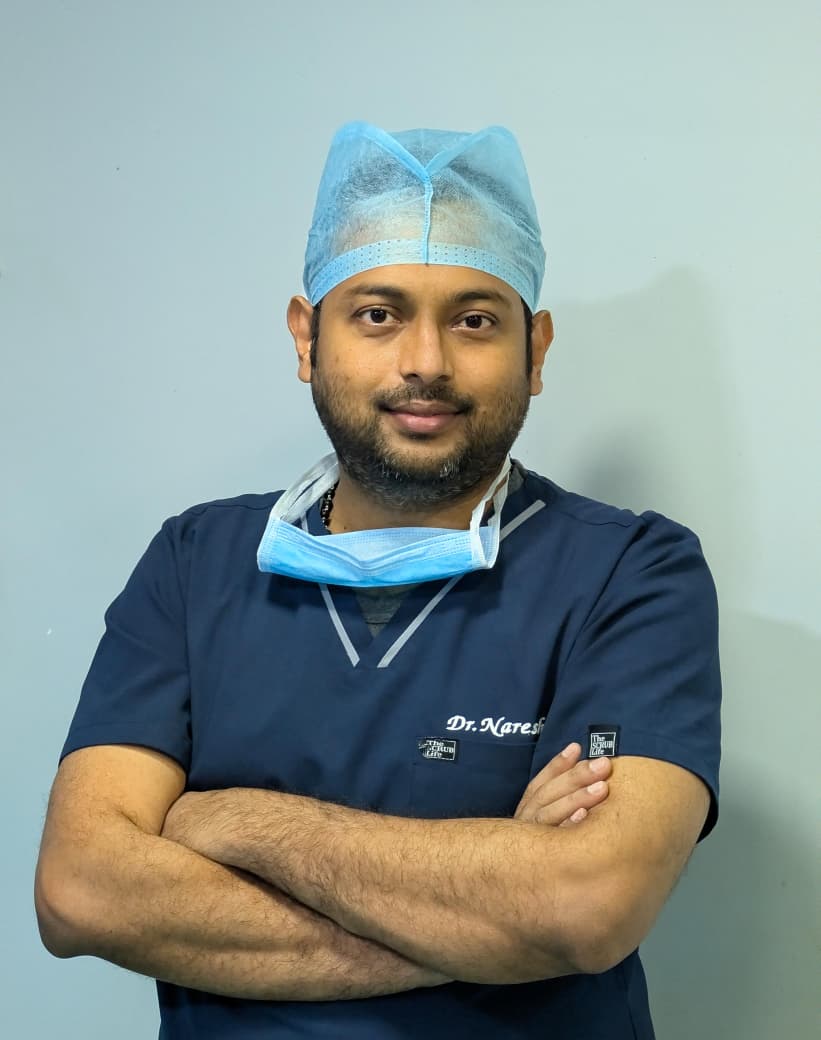

Based on 7721 Recommendations | Rated 4.68 Out of 5
Happy Patients
Clinics
Cities
Surgeries
Doctors
Hospitals
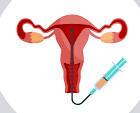
IUI (Intrauterine Insemination) is a fertility treatment where washed sperm is directly placed into the uterus to increase chances of pregnancy.
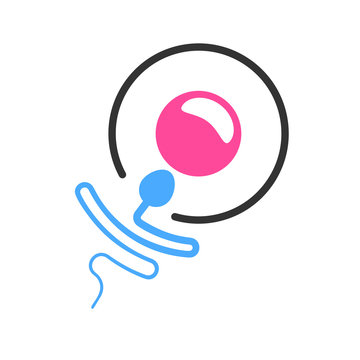
IVF is a fertility treatment where eggs and sperm are combined in a lab to create embryos, which are then transferred to the uterus for pregnancy.
Male fertility depends on healthy sperm count, motility, and shape for successful fertilization.
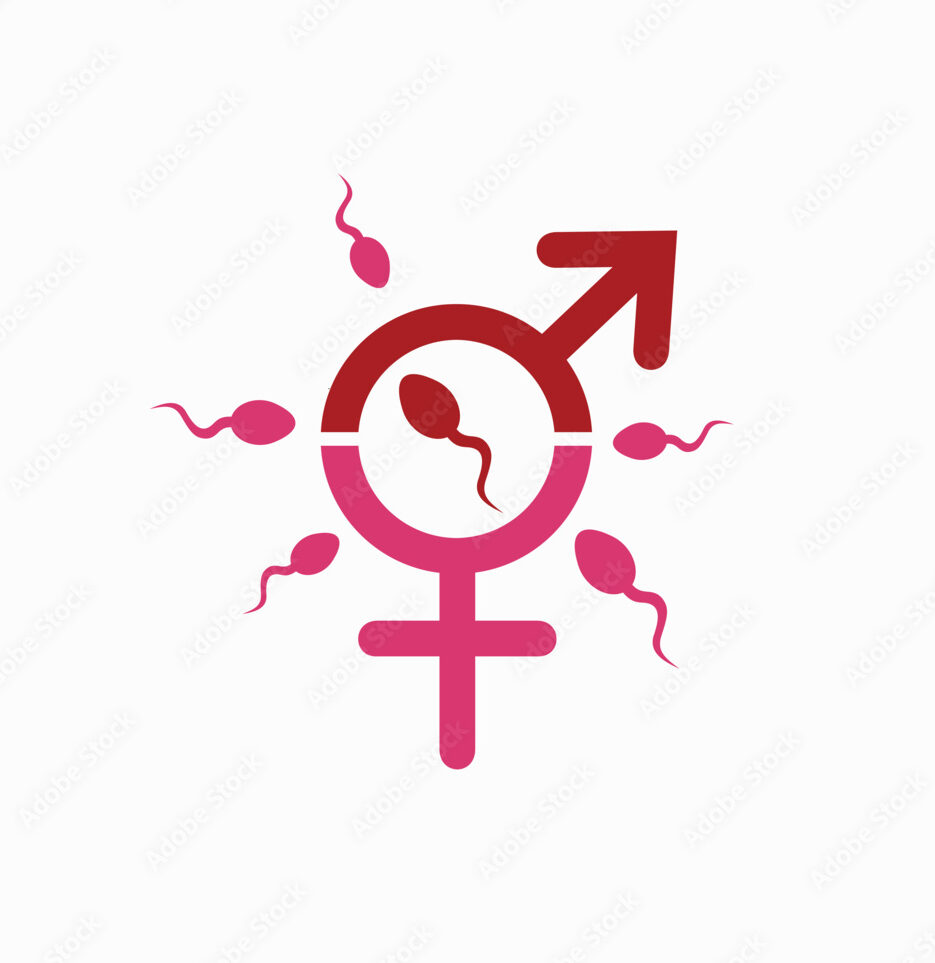
Female fertility relies on regular ovulation, healthy eggs, and a receptive uterus for conception.

Egg freezing is a procedure where a woman’s eggs are collected, frozen, and stored to preserve fertility for future use.
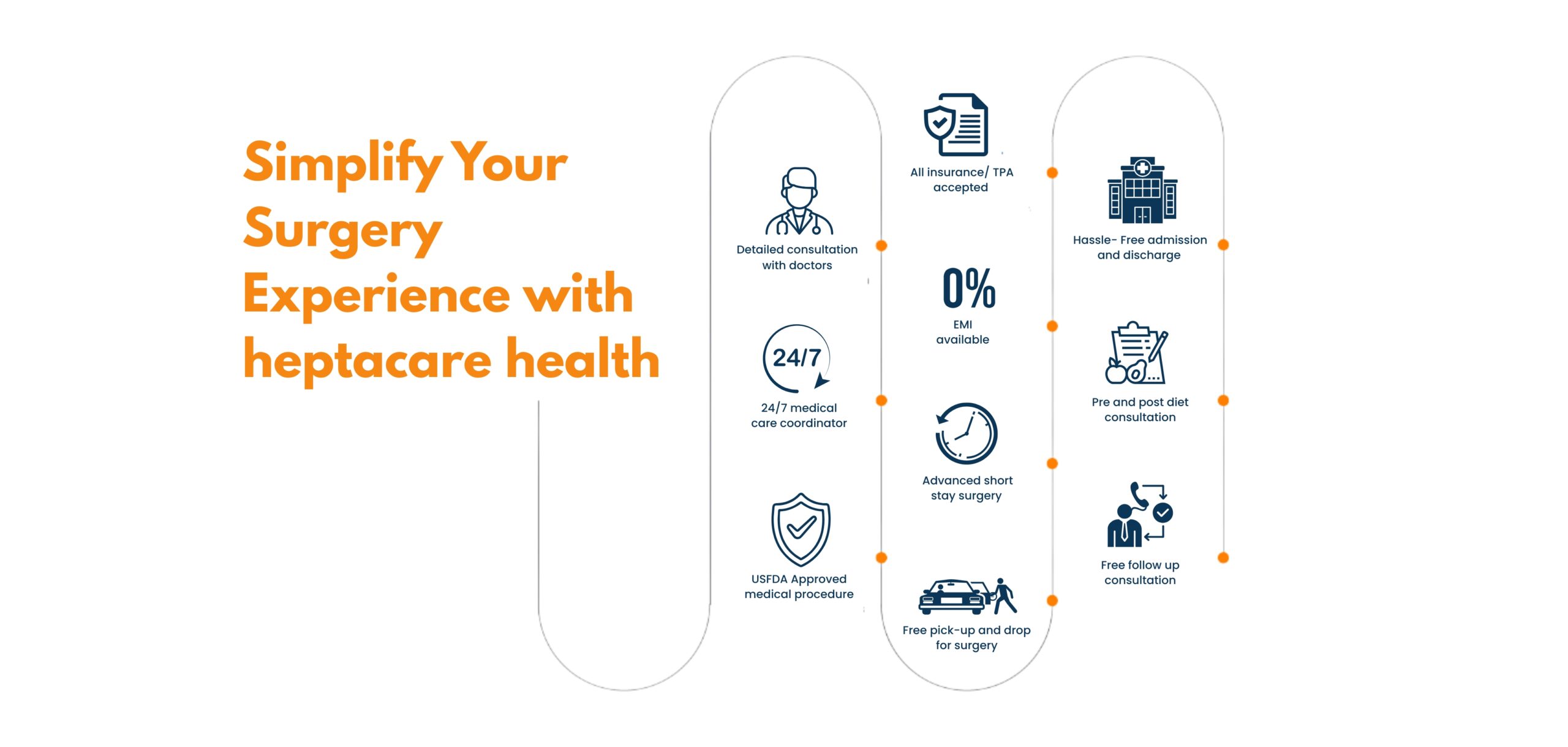
●IUI treatment cost in Vizag ● low-cost IVF treatment in Hyderabad ● cashless fertility treatment near me ● painless IUI procedure in Vijayawada ● fertility treatment with insurance in Vizag ● IVF treatment cost in Hyderabad ● fertility treatment packages in Vijayawada ● affordable fertility clinic near me ● best IVF center in Hyderabad ● fertility consultation charges in Vizag ● IUI & IVF treatment cost in Vijayawada ● fertility hospital near me ● IVF procedure price in Hyderabad ● low-cost fertility treatment in Vizag ● fertility test cost near me ● fertility treatment with EMI in Vijayawada ● fertility specialist doctor near me ● fertility treatment packages in Hyderabad ● fertility clinic near me ● egg freezing cost near me ● IVF treatment for couples in Vizag ● painless IVF treatment in Hyderabad ● IVF for women above 35 near me ● best IVF hospital in Vijayawada ● IVF procedure cost in Hyderabad ● IVF treatment offers near me ● advanced fertility hospital in Vizag ● affordable IVF treatment near me ● fertility consultation fees in Hyderabad ● IVF treatment with EMI option ● advanced fertility care near me
Getting an accurate diagnosis can be one of the most impactful experiences that you can have.

cure with care
Copyright © 2025. All rights reserved.
Consult with our expert surgeon for more than 50+ diseases
Happy Patients
Hospitals
Cities